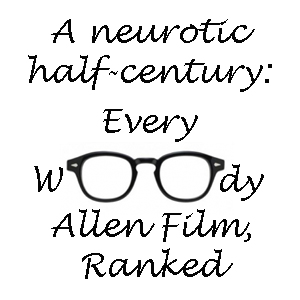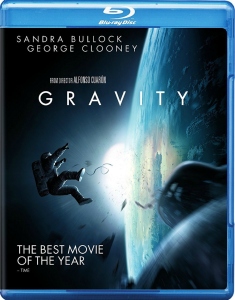Starting with its nearly 20-minute uncut opening shot of George Clooney and Sandra Bullock floating in space making repairs on a scientific satellite, the entire hour and 40 minutes of “Gravity” is packed with “How’d they do that?” filmmaking. Courtesy of writer-director Alfonso Cuaron, who also helmed the third and best “Harry Potter” film and the cult-favorite dystopian sci-fi flick “Children of Men,” “Gravity” is a technical marvel for our times.
As Clooney and Bullock scramble for their lives when debris from an exploded Russian space station (dang those Russians!) hurtles their way, we see the glorious backdrop of Earth from all kinds of angles. “Gravity” is a beautiful film to look at. It really seems as if the duo is floating in space, maneuvering their jets and flailing for hand-holds. As someone who likes getting lost in a movie more so than finding out the secrets of how it was made, I found “Gravity” perfectly convincing (I’m guessing tricks similar to the zero-gravity dreamscape of “Inception” were employed). As a minimalist tale of desperation and survival, it’s effective.
Unfortunately, as incredible-looking films become more and more common, “Gravity” isn’t going to age too well. (In fact, the first volley of backlash will come when it hits DVD and people watch it in their living rooms.) Yes, we root for these astronauts while we’re in the theater, but there’s just not a lot of resonance to the tale.
It’s absolutely criminal — and either a testament to “Gravity’s” 3D wow factor or the superstardom of Bullock and Clooney — that “Gravity” has a higher IMDB rating than “Apollo 13.” (The fact that Ed Harris is the Houston mission controller in both movies drives home the obvious similarities.) Now, I would argue that “Gravity” is more watchable than the slow and overlong “2001: A Space Odyssey” — although that 1968 film was more groundbreaking for its time.
But 1995’s “Apollo 13” was a masterfully told, masterfully acted real-life survival tale rife with character arcs and space program trivia. “Gravity’s” story is an extremely stripped-down version of that, and it doesn’t pack nearly the same emotional punch — partly because it’s fictional, partly because it’s simplistic, often giving the illusion of detail (like when Bullock flips through the International Space Station manual and inexplicably understands what all the buttons do) rather than truly interesting tidbits about the state of space programs in 2013. “Gravity” coasts by on the faith that most moviegoers can grasp space-suit and space-capsule mechanics in shorthand thanks to previous genre entries.
I think the barely-there quality of “Gravity’s” plot and characters will become more apparent with time, but for now, people seem to be eating up the audience-baiting metaphors of rebirth and the triumph of the human spirit. In one scene, Bullock — whose character’s 4-year-old child had died, making her depressive compared to the ebullient Clooney — strips out of her spacesuit and floats like a fetus in front of a port looking out on the Earth. It’s a testament to the gravitas of these actors that we take it seriously.

Don’t get me wrong; the movie works on the first viewing, judged on the principles of a brief, straightforward, state-of-the-art thrill ride (watch it in 3D, on the biggest screen you can). But in terms of story or character, there’s not enough gravity to “Gravity,” and the grand themes are diminished by their bluntness.

